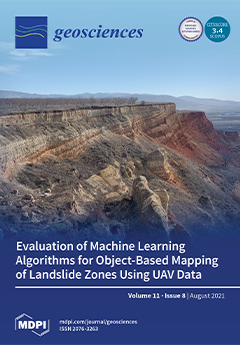Shallow landslides are destructive hazards and play an important role in landscape processes. The purpose of this paper is to evaluate the shallow landslide susceptibility and to investigate which predisposing factors control the spatial distribution of the collected instability phenomena. The GIS-based logistic regression model and jackknife test were respectively employed to achieve the scopes. The studied area falls in the Mesima basin, located in the southern Calabria (Italy). The research was based mainly on geomorphological study using both interpretation of Google Earth images and field surveys. Thus, 1511 shallow landslides were mapped and 18 predisposing factors (lithology, distance to faults, fault density, land use, soil texture, soil bulk density, soil erodibility, distance to streams, drainage density, elevation, slope gradient, slope aspect, local relief, plan curvature, profile curvature, TPI, TWI, and SPI) were recognized as influencing the shallow landslide susceptibility. The 70% of the collected shallow landslides were randomly divided into a training data set to build susceptibility model and the remaining 30% were used to validate the newly built model. The logistic regression model calculated the landslide probability of each pixel in the study area and produced the susceptibility map. Four classification methods were tested and compared between them, so the most reliable classification system was employed to the shallow landslide susceptibility map construction. In the susceptibility map, five classes were recognized as following: very low, low, moderate, high, and very high susceptibility. About 26.1% of the study area falls in high and very high susceptible classes and most of the landslides mapped (82.4%) occur in these classes. The accuracy of the predictive model was evaluated by using the ROC (receiver operating characteristics) curve approach, which showed an area under the curve (AUC) of 0.93, proving the excellent forecasting ability of the susceptibility model. The predisposing factors importance evaluation, using the jackknife test, revealed that slope gradient, TWI, soil texture and lithology were the most important factors; whereas, SPI, fault density and profile curvature have a least importance. According to these results, we conclude that the shallow landslide susceptibility map can be use as valuable tool both for land-use planning and for management and mitigation of the shallow landslide risk in the study area.
Full article





